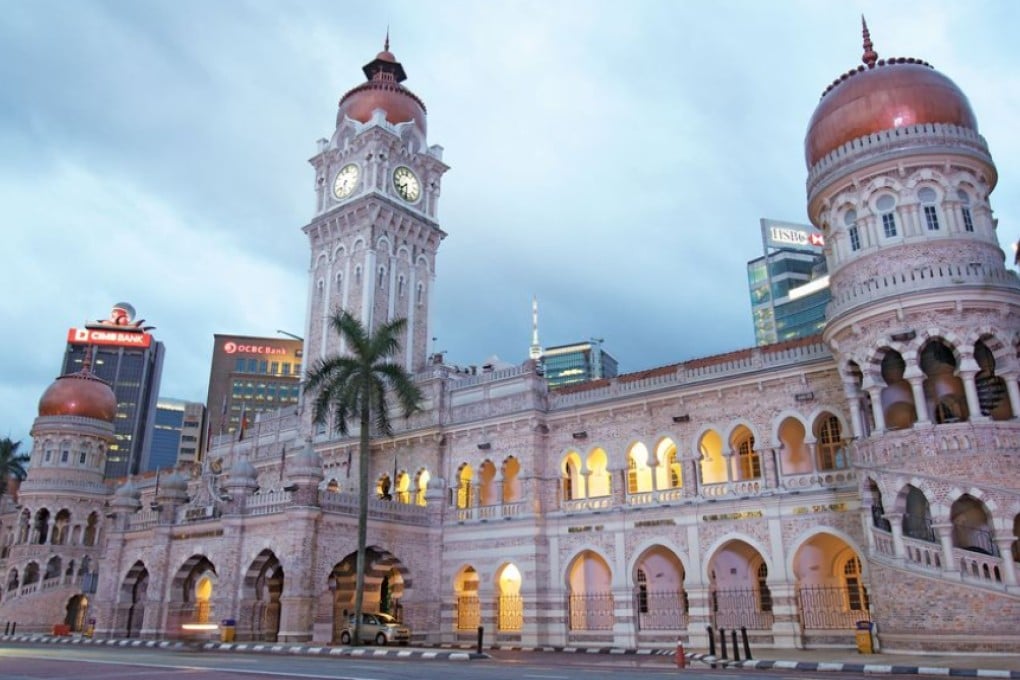Ambitions of becoming a high-income nation
Plan offers the country a route to turn into an advanced economy. Reports by Ed Peters

Stretching from its northern border with Thailand across the South China Sea to the island of Borneo, Malaysia occupies a broad swathe of Southeast Asia. Geographically, economically and politically, the country is one of the region's major players, and is set to capitalise on its position in the coming five years.
The latest development plan, presented to parliament in May, allocated 260 billion ringgit (US$68.2 billion) for development expenditure from 2015 to 2020, with increasing the country's power capacity cited as one of the major aims. The plan is part of Malaysia's strategy to become a high-income nation by 2020, an aim first proposed two decades ago.
"This plan provides a crucial platform to ensure that Malaysia completes the transition to an advanced economy and inclusive nation," said Prime Minister Najib Razak. "The government has set out strategies to break the country out of 'business as usual' practices and set Malaysia on an accelerated growth trajectory."
The prime minister's speech was greeted with approval by many of the world's major financial institutions. The International Monetary Fund's annual report noted that after a year of very strong growth of 6 per cent, lower energy export prices in 2015 will likely contribute to growth moderating to a "still impressive" rate of close to 5 per cent.
The report concluded that headline inflation will likely increase to about 3 per cent as a result of fuel subsidies coming to an end, the introduction of a long-expected Goods and Services Tax (GST), and exchange rate depreciation.
In the past financial year, Malaysia's exports recovered, which coupled with continued strong private demand offset
